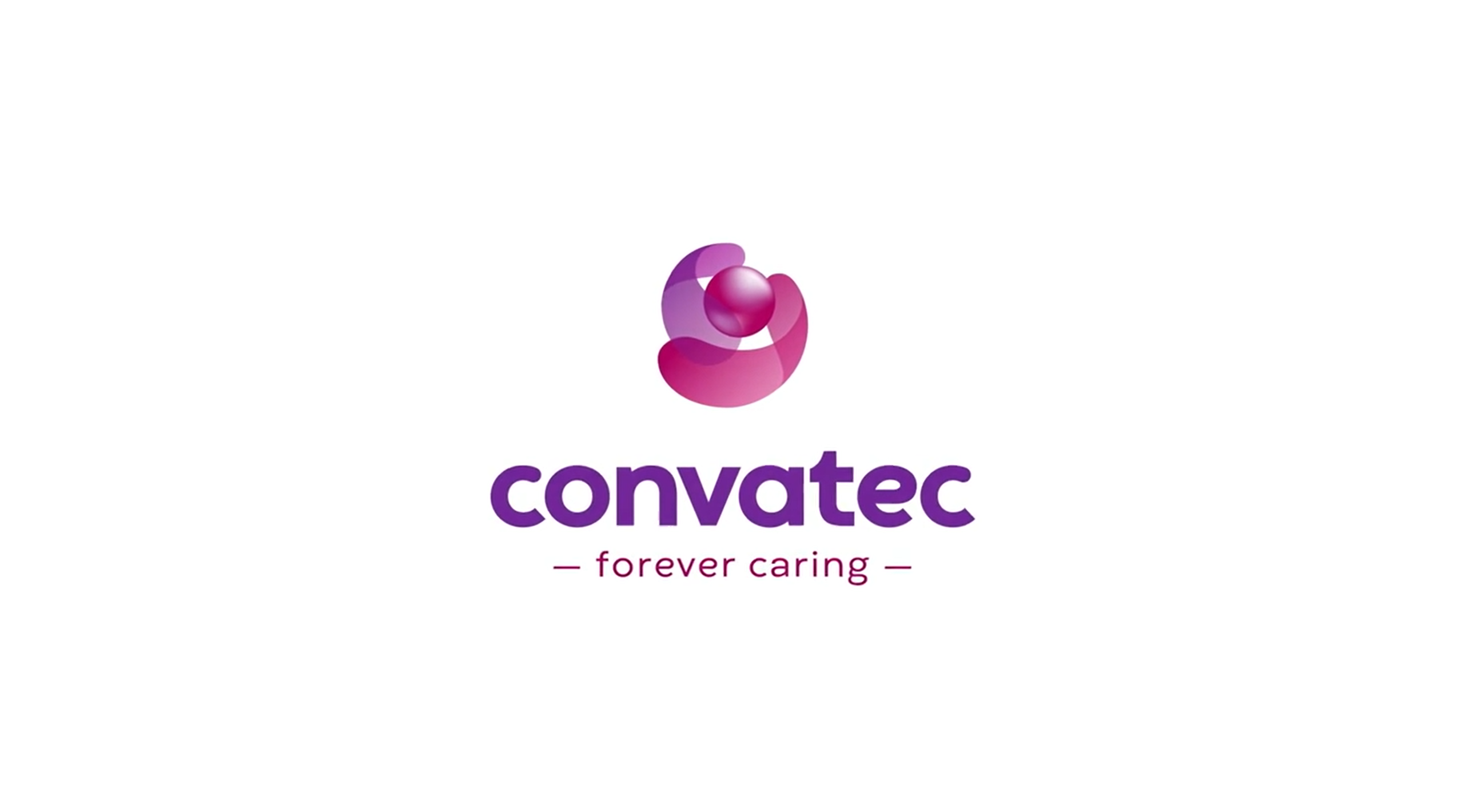Convatec Cares
 ;
;
Realising our vision, responsibly
Underpinned by our values, our ESG mission is to drive progress towards our vision of pioneering trusted medical solutions to improve the lives we touch by aligning focused initiatives for the benefit of our customers, colleagues, communities and shareholders. Built around four pillars, our Convatec Cares framework brings our forever caring promise to life as shown in this video.
“As we deliver results for customers and patients, we are committed to undertaking our business responsibly. By focusing on the most important issues for us and our stakeholders, and integrating sustainable business practices into our core processes, we will continue to generate value for the long term.” - Karim Bitar, CEO
Convatec Cares
Convatec Cares sets out the commitments and activities across the company that enable us to fulfil our forever caring promise and integrate sustainable, responsible practices throughout our organisation.
Convatec Cares has four pillars - please see the dedicated pages for more information on our programmes, commitments and targets within each pillar:
- Delivering for our customers with innovative products, services and solutions that improve lives
- Enabling our people to thrive by ensuring the health, safety and wellbeing of our people and using their talent for good
- Protecting the planet and supporting communities through the way we operate and the contribution we make to the world around us
- Behaving ethically and transparently to protect and enhance our reputation with all our stakeholders
United Nations Sustainable Development Goals
Our responsible business approach aligns with other global public and private bodies, as demonstrated by our committment to the United Nations Sustainable Development Goals (SDGs), particularly SDGs 3 (demonstrated in our commitments to innovation, quality and improving health), 5 (commitment to gender equity in senior leadership), 8 (engagement with suppliers, apprenticeship programmes, paying at or above the living wage, commitments to health & safety), 10 (employee resource groups and wellbeing initiatives, supporting patients with chronic conditions regain mobility and participation in society), 12 (waste, water and packaging reduction, net zero activities, product sustainability), and 13 (educating our workforce on carbon reduction, validated Science Based Targets).
It’s clear that we do not exist in isolation and we’ve carefully considered where we can move the needle.
Delivering for our customers
Learn moreEnabling our people to thrive
Learn moreProtecting the planet and supporting communities
Learn moreBehaving ethically and transparently
Learn moreESG governance
In 2021, we established a CELT-level ESG Steering Committee in order to drive Convatec’s strategy, progress and required actions. The ESG Steering Committee oversees working groups on several climate-related topics, Human Rights and Diversity, Equity & Inclusion (DE&I).
Convatec has been a member of the United Nations Global Compact since 2021 – an initiative that encourages companies to advance societal goals by aligning strategies and operations with universal principles on human rights, labour, environment and anti-corruption. As part of this, we commit annually to learn from each other and play our part in advancing these shared goals.